What species of leopard you can expect to see on Safari in Kenya & Tanzania
African Leopard - Don’t let the pictures here fool you… seeing a single leopard is hard enough.. seeing it resting is rare… seeing it awake, with not one but two cubs, waking up from a snooze.. groom each other, play catch down a tree, setting out on post-lumber stretch and warm up, hungry.. is the rarest sighting you will hope to have on any safari, and in 2016 one group of clients on a Tanzania safari got to see just that!
Leopards are generally most active between sunset and sunrise, and kill more prey at this time. They have an exceptional ability to adapt to changes in prey availability, and have a very broad diet. from dung beetles to adult elands, which can reach 900 kg (2,000 lb). Leopards often cache large kills in trees, a behaviour for which great strength is required. There have been several observations of leopards hauling carcasses of young giraffe, estimated to weigh up to 125 kg (276 lb), i.e. 2–3 times the weight of the leopard, up to 5.7 m (19 ft) into trees.
TIP:
1. During the rainy season, day time hunts to get more frequent, especially in bushland, Tsavo - Samburu. Please note: only 3 of 50 daytime hunts are successful, best find cheetahs by day and leopards by night. Book you night game drive when on Safari.
2. Always look up when in bush-land. Its easy to miss a sleepy leopard on an overhanging branch
3. You cannot forget to try spot a Black leopard on the slopes of some African mountain, Mount Kenya
why miss your chance to catch sight of these beautiful stealthy cats, in their natural habitat? .. book your safari today

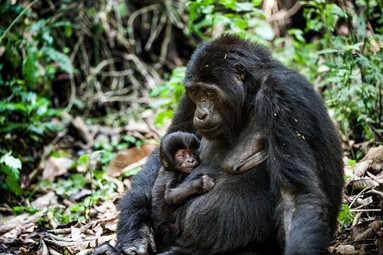
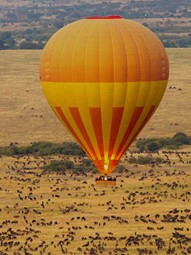
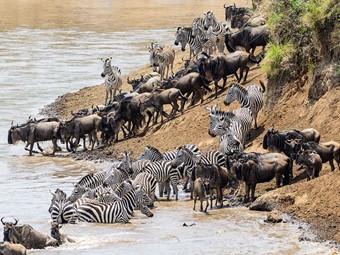
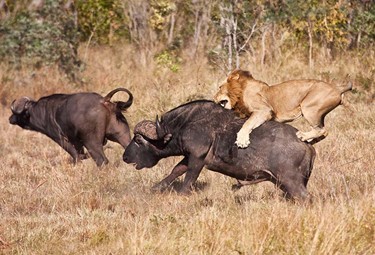

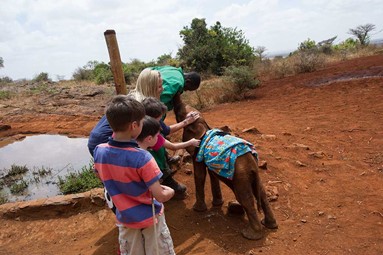

































 System.Web.Mvc.HtmlHelper`1[Umbraco.Web.PublishedModels.SafariPage]
System.Web.Mvc.HtmlHelper`1[Umbraco.Web.PublishedModels.SafariPage]